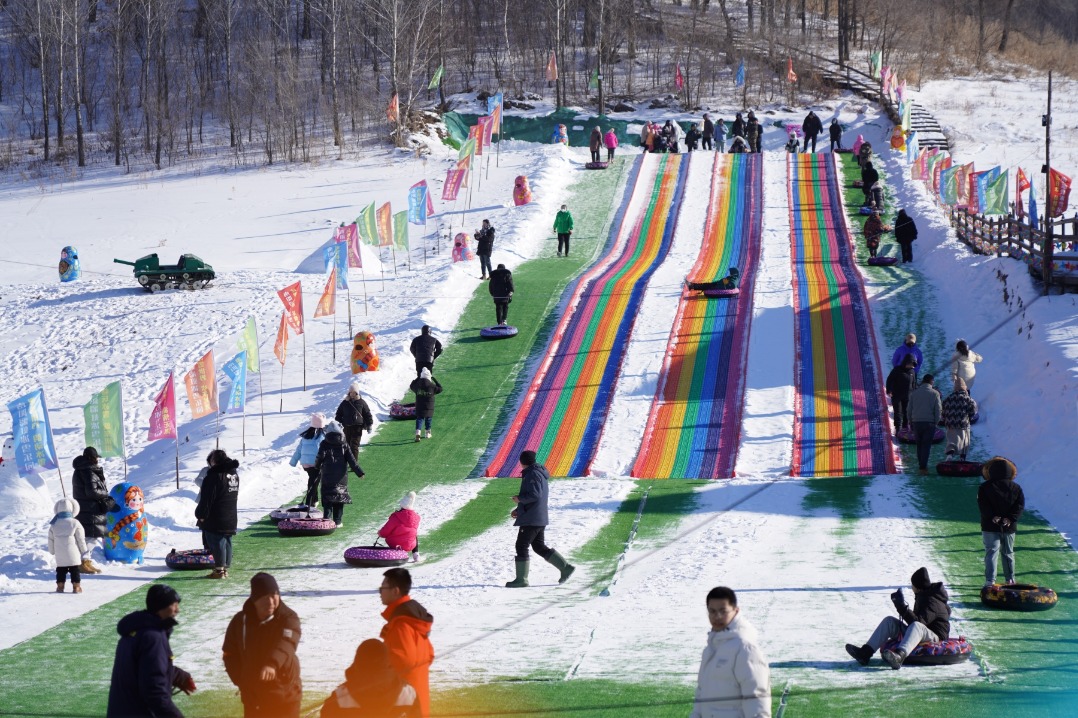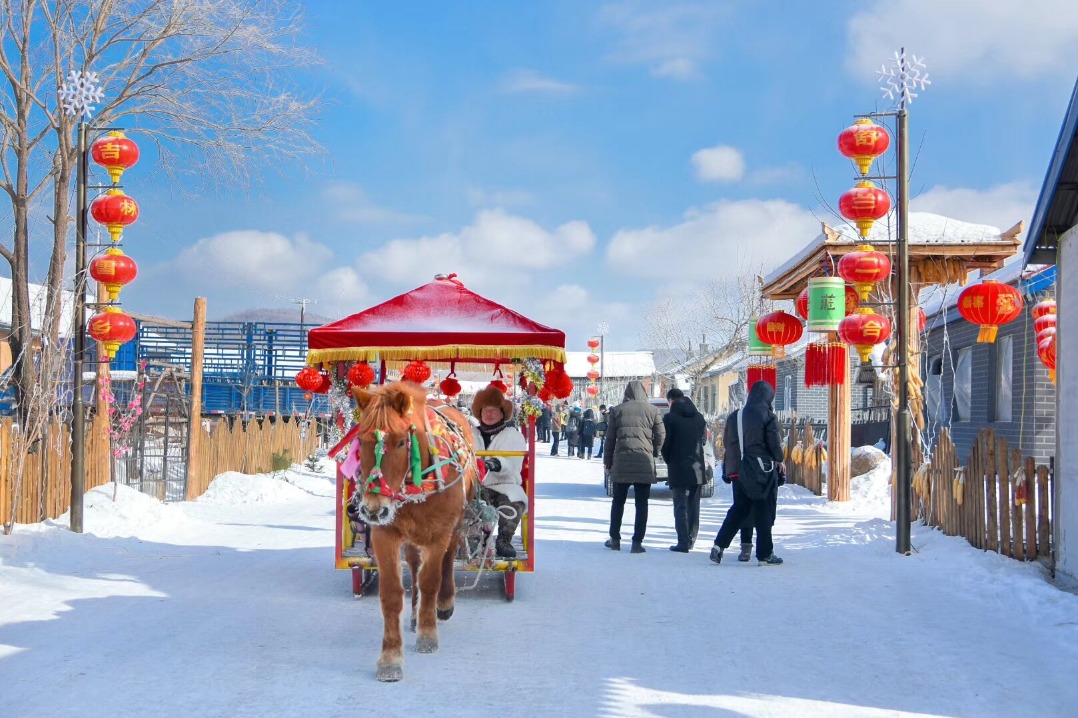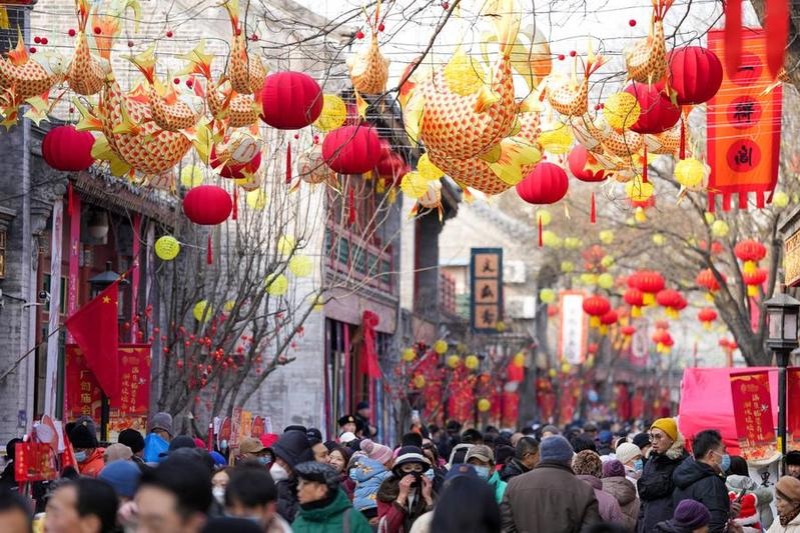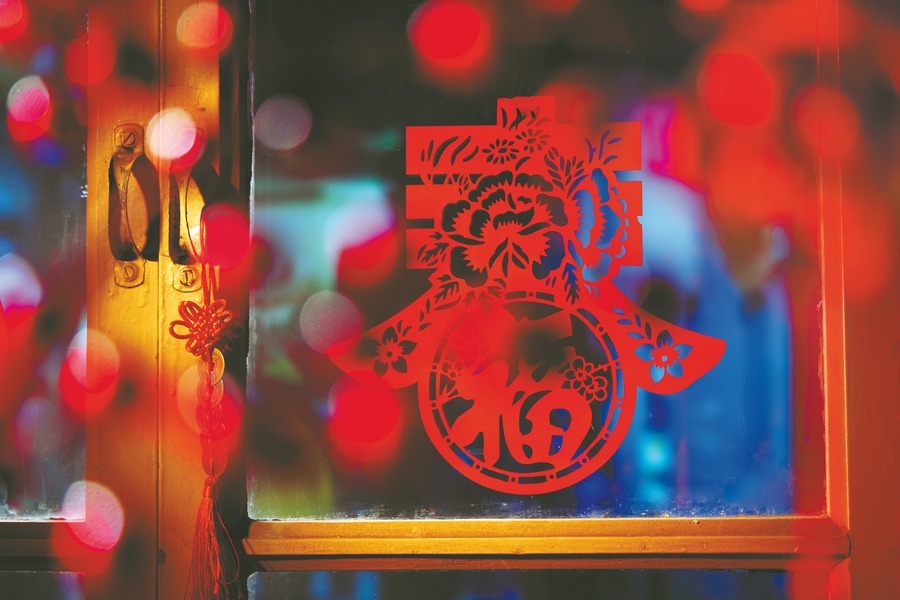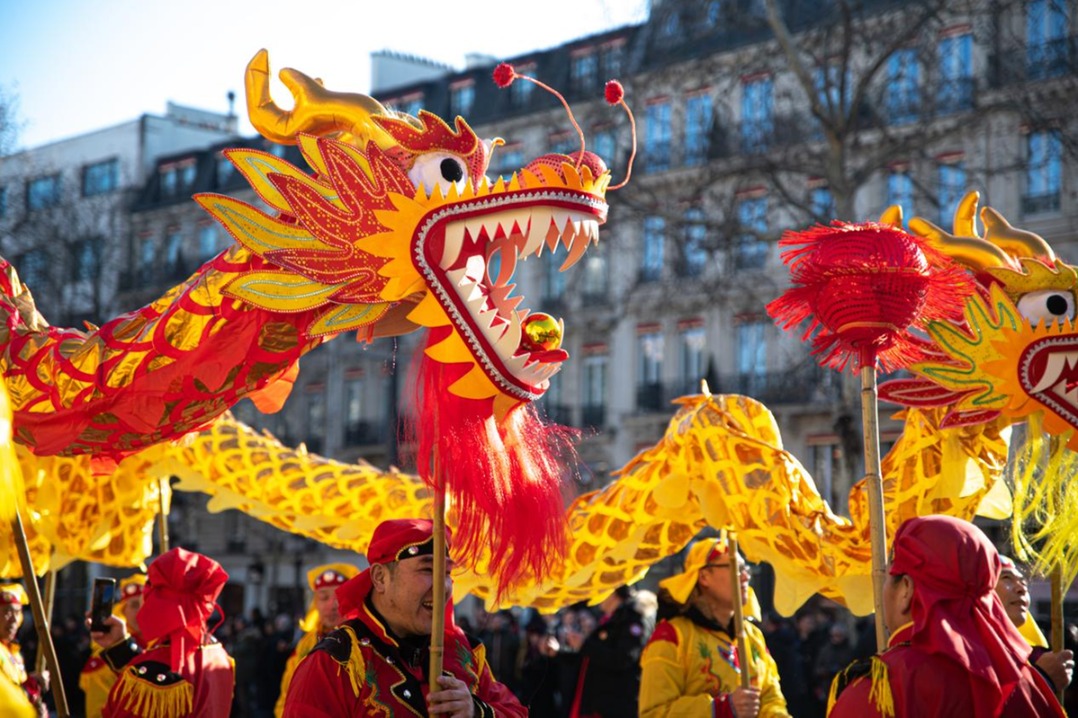Greater convenience boosts inbound tourism

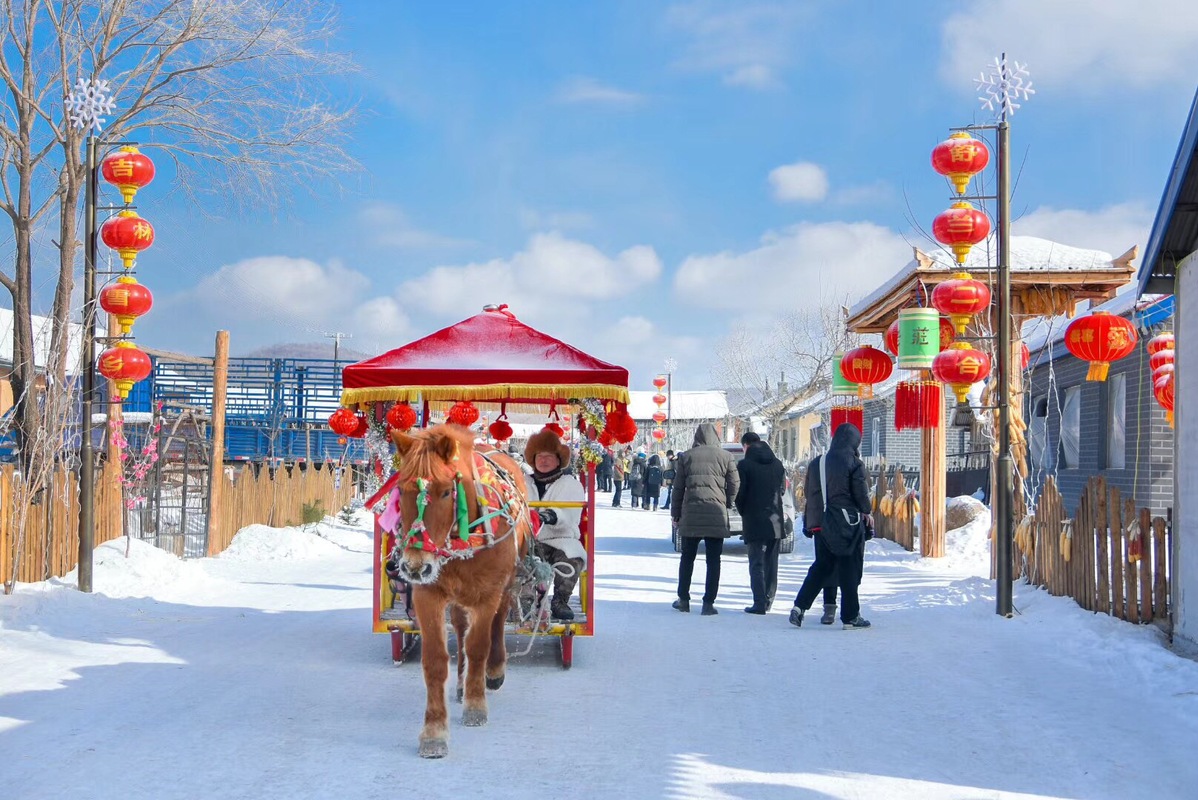
Data from multiple travel platforms show that during the 2025 Spring Festival holiday, inbound tourism bookings increased by more than 200 percent year-on-year, with major source countries including the Republic of Korea, Malaysia, Singapore, Japan, and the United States.
The impressive data is inseparable from the continuous optimization of China's visa-free policy. On Dec 17, 2024, the National Immigration Administration extended the stay duration for foreign nationals eligible for visa-free transit from the previous 72 hours and 144 hours to 240 hours (10 days). Additionally, 21 ports of entry and exit were added for visa-free transit individuals, further expanding the areas allowed for visa-free transit travelers. The number of countries eligible for visa-free entry into China has also been steadily increasing. In line with this, efforts have been made to provide greater convenience for foreign visitors to China.
With the continuous relaxation and optimization of the country's entry policies and the continuous enhancing of services to provide greater convenience for foreign visitors, the inbound travel surge will have a profound impact on the nation's tourism market.
First, different from the previous "China tours" that were mostly group tourists, the visa-free policy has brought a large number of independent travelers who are mostly young and prefer in-depth, personalized experiences compared to traditional sightseeing tours. They are adept at creating travel guides through various domestic and overseas social media platforms, and they have a higher spending capacity and willingness to spend, serving as the main force in both shopping and touring.
Second, the visa-free tourists care more about the convenience of travel and personalized experiences, and have higher requirements for the quality of tourism services. A report released by the China Tourism Academy at the end of 2024 shows that while the number of inbound tourists and tourism expenditures in China have steadily increased, the satisfaction level of foreign tourists has also been steadily improving. According to official data, the satisfaction indexes in the first and second quarters of 2024 were 81.7 and 82.9 respectively, both exceeding the historical average levels and showing a continuous upward trend.
Lastly, compared with the past when inbound tourists mainly concentrated in first-tier cities such as Beijing, Shanghai and Guangzhou, the demand for inbound tourism is more diversified. Harbin, capital of Northeast China's Heilongjiang province known for its ice and snow scenery and winter sports, is a typical example and it has even added international flights for this purpose. The greater entry and exit convenience has created the new trends in inbound tourism, which should in turn support the constant improvement in the travel policy.


















